A game-changer in prosthetics has been introduced to the world, and for the first time, amputees are regaining sensation through an electrical signal from their prosthetic arm. Max Ortiz-Catalan, a professor of bionics, explains the process of implanting these mind-controlled bionic arms through direct skeletal attachment. The researcher takes us through every step of this groundbreaking advancement in bionic medicine, from surgically implanting electrodes to fitting the prosthesis and training for everyday use.\r\
\r\
Director: Lisandro Perez-Rey\r\
Editor: Jordan Calig\r\
Expert: Prof. Max Ortiz Catalan\r\
Line Producer: Joseph Buscemi\r\
Associate Producer: Kameryn Hamilton\r\
Production Manager: D. Eric Martinez\r\
Production Coordinator: Fernando Davila\r\
Post Production Supervisor: Alexa Deutsch\r\
Post Production Coordinator: Ian Bryant\r\
Supervising Editor: Doug Larsen\r\
Assistant Editor: Justin Symonds\
\
Still haven’t subscribed to WIRED on YouTube? ►► http://wrd.cm/15fP7B7 \r\
Listen to the Get WIRED podcast ►► https://link.chtbl.com/wired-ytc-desc\r\
Want more WIRED? Get the magazine ►► https://subscribe.wired.com/subscribe…\r\
\r\
Follow WIRED:\r\
Instagram ►► / wired \r\
Twitter ►► / wired \r\
Facebook ►► / wired \r\
Tik Tok ►► / wired \r\
\r\
Get more incredible stories on science and tech with our daily newsletter: https://wrd.cm/DailyYT\r\
\r\
Also, check out the free WIRED channel on Roku, Apple TV, Amazon Fire TV, and Android TV. \r\
\r\
ABOUT WIRED\r\
WIRED is where tomorrow is realized. Through thought-provoking stories and videos, WIRED explores the future of business, innovation, and culture.
Category: cyborgs – Page 23
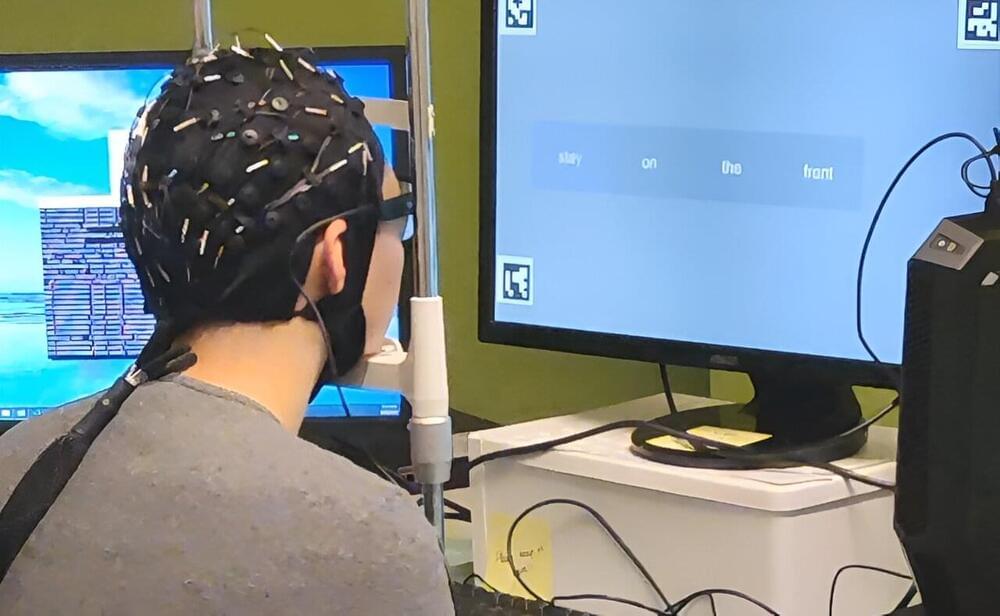
Portable, Non-invasive, Mindreading AI turns Thoughts into Text
In a world-first, researchers from the GrapheneX-UTS Human-centric Artificial Intelligence Centre at the University of Technology Sydney (UTS) have developed a portable, non-invasive system that can decode silent thoughts and turn them into text.
The technology could aid communication for people who are unable to speak due to illness or injury, including stroke or paralysis. It could also enable seamless communication between humans and machines, such as the operation of a bionic arm or robot.
The study has been selected as the spotlight paper at the NeurIPS conference, an annual meeting that showcases world-leading research on artificial intelligence and machine learning, held in New Orleans on 12 December 2023.
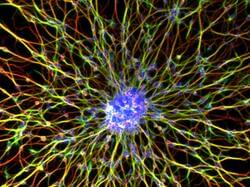
Hybrid Biocomputer Fuses Human Brain Tissue With Computer Chips
Scientists have fused human brain tissue to a computer chip, creating a mini cyborg in a petri dish that can perform math equations and recognize speech.
Dubbed Brainoware, the system consists of brain cells artificially grown from human stem cells, which have been fostered to develop into a brain-like tissue. This mini-brain organoid is then hooked up to traditional hardware where it acts as a physical reservoir that can capture and remember the information it receives from the computer inputs.
The researchers wanted to explore the idea of exploiting the efficiency of the human brain’s architecture to supercharge computational hardware. The rise of artificial intelligence (AI) has massively increased the demand for computing power, but it’s somewhat limited by the energy efficiency and performance of the standard silicon chips.

Revolutionary Mind-Reading AI System
This post is also available in:  עברית (Hebrew)
עברית (Hebrew)
Researchers from the Human-centric Artificial Intelligence Centre at the University of Technology Sydney have developed a portable, non-invasive system that can turn silent thoughts into text.
The technology is expected to aid communication for people who are unable to speak due to illness or injury, as well as enable seamless communication between humans and machines (like operating a bionic arm or a robot).
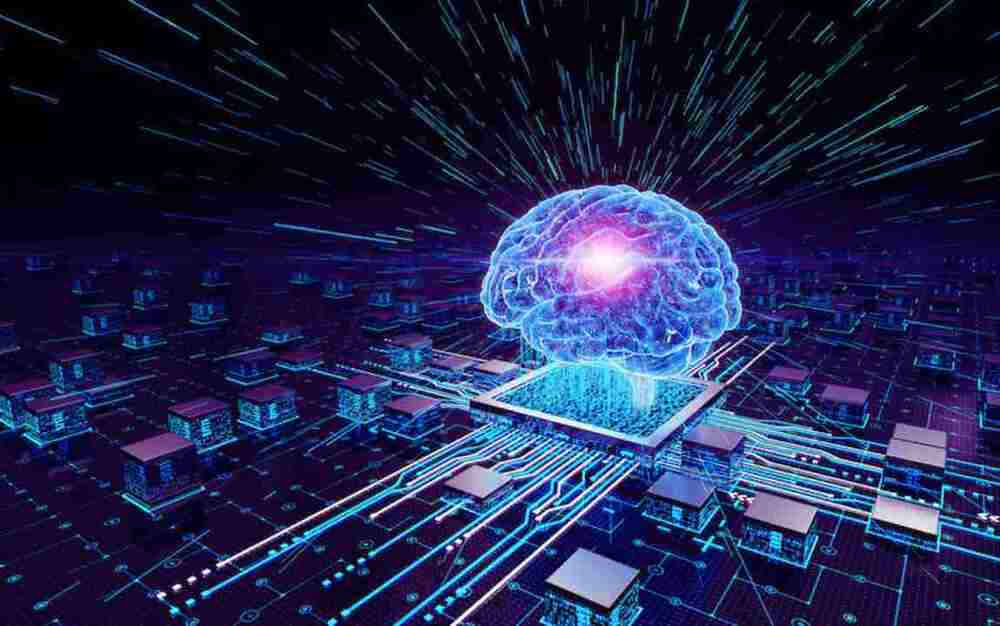
Scientists built a Cyborg computer with living brain tissue
📸 Look at this post on Facebook https://www.facebook.com/share/U5sBEHBUhndiJJDz/?mibextid=xfxF2i
In the realm of computing technology, there is nothing quite as powerful and complex as the human brain. With its 86 billion neurons and up to a quadrillion synapses, the brain has unparalleled capabilities for processing information. Unlike traditional computing devices with physically separated units, the brain’s efficiency lies in its ability to serve as both a processor and memory device. Recognizing the potential of harnessing the brain’s power, researchers have been striving to create more brain-like computing systems.
Efforts to mimic the brain’s activity in artificial systems have been ongoing, but progress has been limited. Even one of the most powerful supercomputers in the world, Riken’s K Computer, struggled to simulate just a fraction of the brain’s activity. With its 82,944 processors and a petabyte of main memory, it took 40 minutes to simulate just one second of the activity of 1.73 billion neurons connected by 10.4 trillion synapses. This represented only one to two percent of the brain’s capacity.
In recent years, scientists and engineers have delved into the realm of neuromorphic computing, which aims to replicate the brain’s structure and functionality. By designing hardware and algorithms that mimic the brain, researchers hope to overcome the limitations of traditional computing and improve energy efficiency. However, despite significant progress, neuromorphic computing still poses challenges, such as high energy consumption and time-consuming training of artificial neural networks.
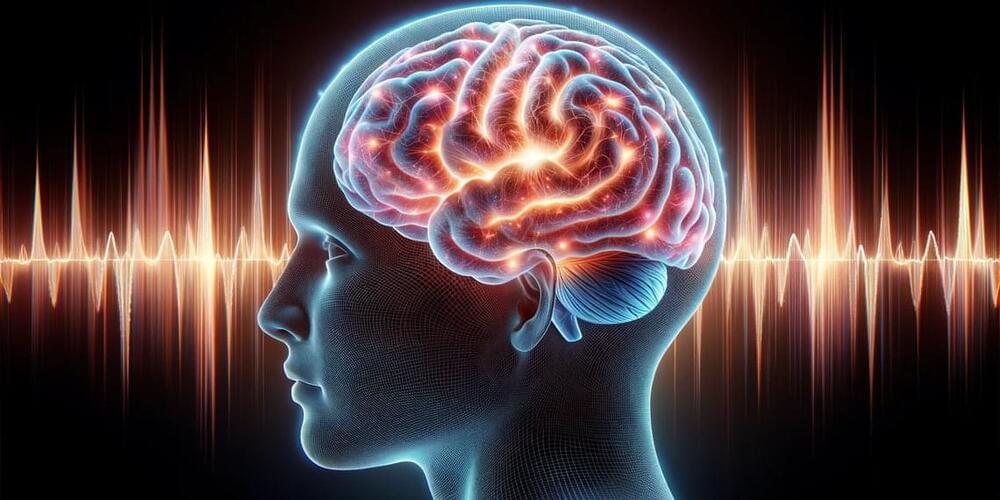
New brain-computer interface allows people to play a game using their thoughts
😀 Amazing breakthrough face_with_colon_three
A group of Spanish researchers have developed a brain-computer interface based on electroencephalograms that allowed a group of 22 users to play a simple multiplayer game. The interface was 94% accurate in translating players’ thoughts into game moves, with each move taking just over 5 seconds. The study was published in Frontiers in Human Neuroscience.
A brain-computer interface is a technology that enables direct communication between the human brain and external devices, such as computers or prosthetic limbs. Brain-computer interfaces work by detecting and interpreting neural signals, typically through electrodes placed on the user’s head. These signals are then translated into actionable commands, allowing individuals to control computers, devices, or applications using their thoughts.
Brain-computer interfaces offer significant potential in medicine, from helping paralyzed individuals regain environmental control to treating neurological disorders. However, their broader adoption is hindered by challenges in accuracy and the extended time required to interpret brain signals.
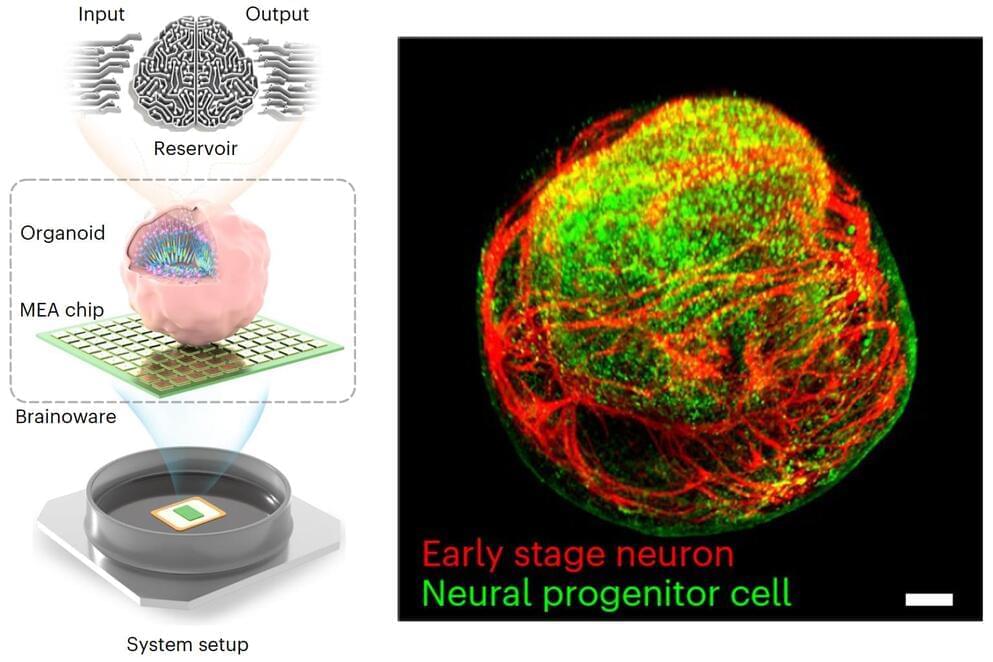
Cyborg computer with living brain organoid aces machine learning tests
Scientists have grown a tiny brain-like organoid out of human stem cells, hooked it up to a computer, and demonstrated its potential as a kind of organic machine learning chip, showing it can quickly pick up speech recognition and math predictions.
As incredible as recent advances have been in machine learning, artificial intelligence still lags way behind the human brain in some important ways. For example, the brain happily learns and adapts all day long on an energy budget of about 20 watts, where a comparably powerful artificial neural network needs about 8 million watts to achieve anything remotely comparable.
What’s more, the human brain’s neural plasticity, its ability to grow new nervous tissue and expand existing connective channels, has granted it an ability to learn from noisy, low-quality data streams, with minimal training and energy expenditure. What AI systems accomplish with brute force and massive energy, the brain achieves with an effortless elegance. It’s a credit to the billions of years of high-stakes trial and error that delivered the human brain to the state it’s in today, in which it’s chiefly used to watch vast numbers of other people dancing while we’re on the toilet.
Portable, non-invasive, mind-reading AI turns thoughts into text
In a world-first, researchers from the GrapheneX-UTS Human-centric Artificial Intelligence Centre at the University of Technology Sydney (UTS) have developed a portable, non-invasive system that can decode silent thoughts and turn them into text.
The technology could aid communication for people who are unable to speak due to illness or injury, including stroke or paralysis. It could also enable seamless communication between humans and machines, such as the operation of a bionic arm or robot.
The study has been selected as the spotlight paper at the NeurIPS conference, an annual meeting that showcases world-leading research on artificial intelligence and machine learning, held in New Orleans on 12 December 2023.
AI and EEG Transform Silent Thoughts to Text
Summary: Researchers created a revolutionary system that can non-invasively convert silent thoughts into text, offering new communication possibilities for people with speech impairments due to illnesses or injuries.
The technology uses a wearable EEG cap to record brain activity and an AI model named DeWave to decode these signals into language. This portable system surpasses previous methods that required invasive surgery or cumbersome MRI scanning, achieving state-of-the-art EEG translation performance.
It shows promise in enhancing human-machine interactions and in aiding those who cannot speak, with potential applications in controlling devices like bionic arms or robots.